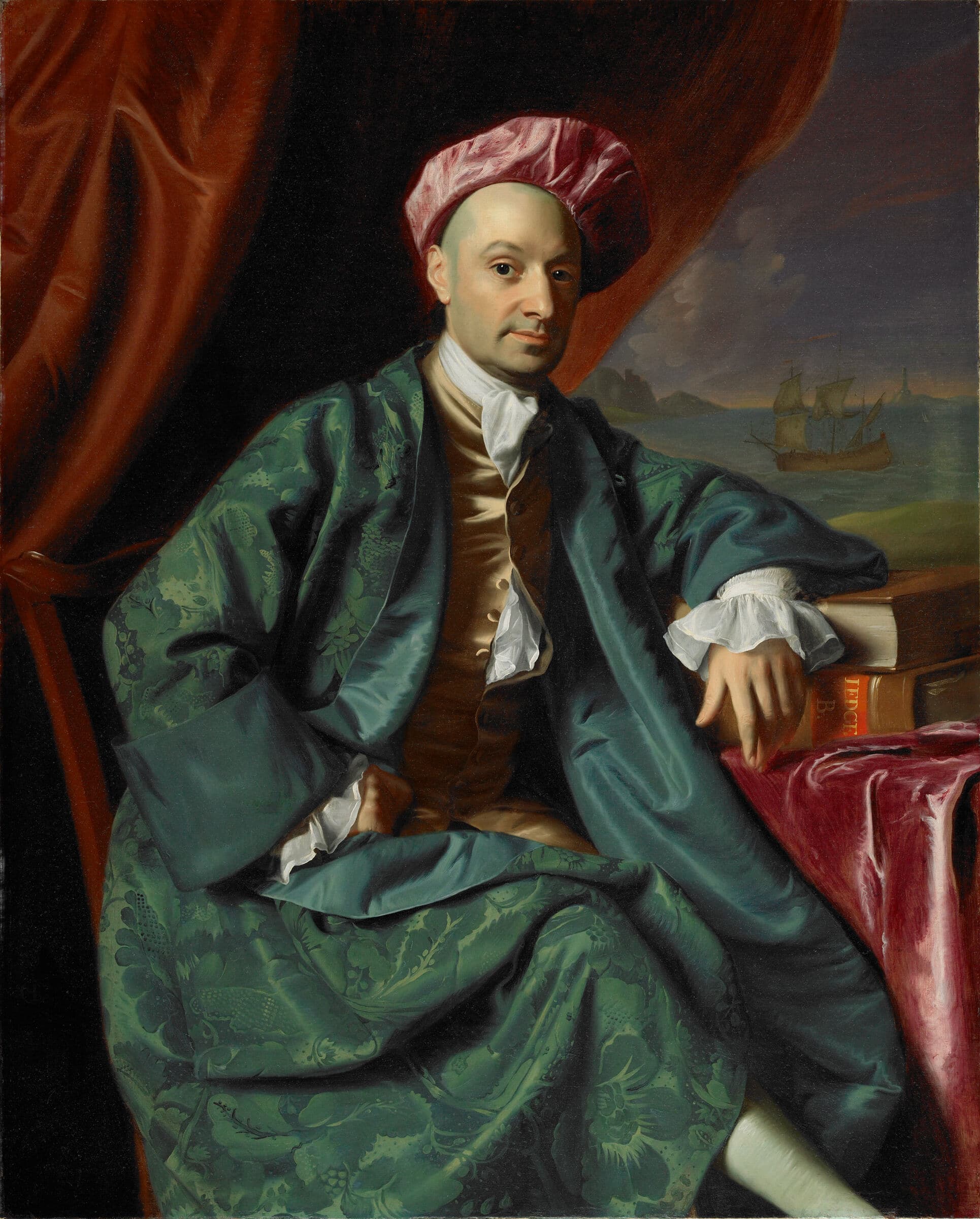Fashion has always played a significant role in shaping society. From the corset and bustle of the Victorian era to the skinny jeans and high-top sneakers of the modern-day, clothing has been a reflection of culture and social norms. One such piece of clothing that played a significant role in influencing men’s fashion was the “gentleman’s banyan.” This loose, informal robe was worn by men in place of a coat and was influenced by Oriental fashion. In this blog post, we’ll take a closer look at the gentleman’s banyan, its history, and how it changed the way men dressed.
Brief History of Robes
The gentleman’s banyan was a popular garment in the late 17th and early 18th centuries. The name “banyan” is said to have originated from the Gujarati word “vāṇiyo,” which meant a merchant or trader. Banyans were mostly made of patterned materials such as chintz, muslin, or silk, and were cut either in a loose T-shape or as a long simplified coat. They were acceptable wear for home or informal business, and men would often wear them while lounging around the house.
Banyans were influenced by the fashion of the East, particularly India and China. European merchants who traveled to those countries brought back fabrics and clothing styles that were then adopted by European men. The banyan was seen as a fashionable and practical alternative to a coat, particularly in warm weather. It was also a way for men to display their wealth and status, as the fabrics used were often expensive and imported.
Banyan Evolution
The shape and design of the banyan evolved over time. In the late 18th and early 19th centuries, it became longer and more elaborate, with embroidered silk and quilting. It was also worn with a waistcoat and silk stockings, creating a fashionable and luxurious look. However, as the 19th century progressed, the banyan fell out of fashion and was replaced by more structured and formal clothing.
Despite its brief moment in history, the gentleman’s banyan had a lasting impact on men’s fashion. It introduced a new level of informality and comfort in men’s clothing, which has continued to influence fashion to this day. The banyan also paved the way for other informal pieces of clothing, such as the smoking jacket and the dressing gown, which are still popular today.
Don’t Call it a Coat
In conclusion, the gentleman’s banyan was a significant piece of clothing that changed the way men dressed. It was a practical and fashionable alternative to a coat, influenced by the fashion of the East. The banyan introduced a new level of informality and comfort in men’s clothing and had a lasting impact on fashion. Today, we can still see its influence in modern clothing, with men embracing more relaxed and casual styles in their everyday wear. The banyan may have fallen out of fashion, but its legacy lives on.




Nicholas Boylston (1716-1771)
John Singleton Copley (American, 1738-1815). Oil on canvas; 127.3 x 101.1 cm (50 1/8 x 39 13/16 in). Cambridge: The Harvard Art Museums, H90. Source: Harvard



0 comments on “The Gentleman’s Banyan: An Informal Robe that Changed the Way Men Dress”